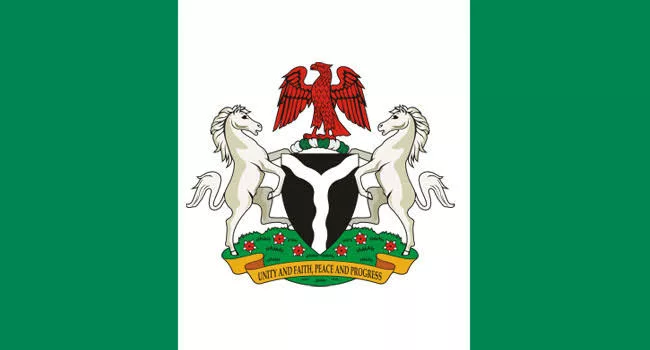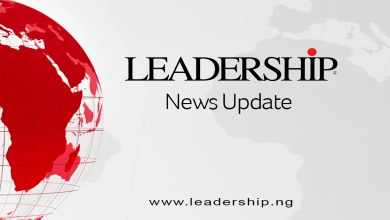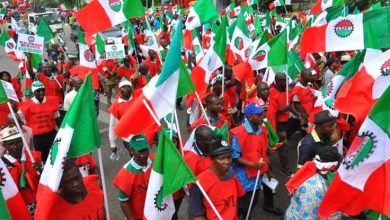Nigeria’s GDP Falls Below 3.3% Forecast

Ad
As the Nigerian economy grew slower in the first quarter of 2024, estimates show that the country may not meet the 3.3 per cent Gross Domestic Product (GDP) forecast for the year with first quarter estimates putting the GDP at 3.0 per cent.
According to data by the Africa Export Import Bank (AFREXIM), Nigeria is one of four countries on the continent that has, so far, released estimates and one of the three that did not meet the target. Data provided by AFREXIM showed that only Mozambique is so far on target, with an estimate of 5.0 per cent growth.
The data showed that South Africa which is expected to grow by 0.9 per cent, has estimated a -0.1, while Tunisia which has a forecast of 1.9 per cent has a Q1 estimate of 0.2 per cent GDP growth.
Data by the National Bureau of Statistics (NBS) show that Nigeria’s GDP) growth rate slowed to 2.98 per cent, in real terms in the first quarter of the year compared to 3.46 percent in the preceding quarter, the National Bureau of Statistics(NBS).
The International Monetary Fund (IMF) had, last month, maintained its growth forecast of 3.3 per cent for Nigeria’s economy for 2024, up from 2.9 per cent last year, citing a pickup in services and trade sectors.
The IMF added that growth outlook was still challenging in Africa’s most populous nation and top oil producer, with food price inflation 40 per cent in March, raising food security concern. IMF mission chief for Nigeria, Axel Schimmelpfenning, noted that “if Nigeria grows at 3.3 per cent that is just above the population dynamics, which is a big challenge.
“The reforms are focused on how to raise that growth so that Nigerians can see real impacts on their living standards. We think a lot has happened. We also have to recognize that the problems built up over many years were quite severe. We can’t expect that everything is going to be resolved overnight,” he added.
The Fund forecast that fuel subsidies could cost up to three per cent of GDP this year as the increases in pump prices have not kept up with their dollar cost, Schimmelpfennig said, adding that officials remain committed to phasing that out in another one or two years.



